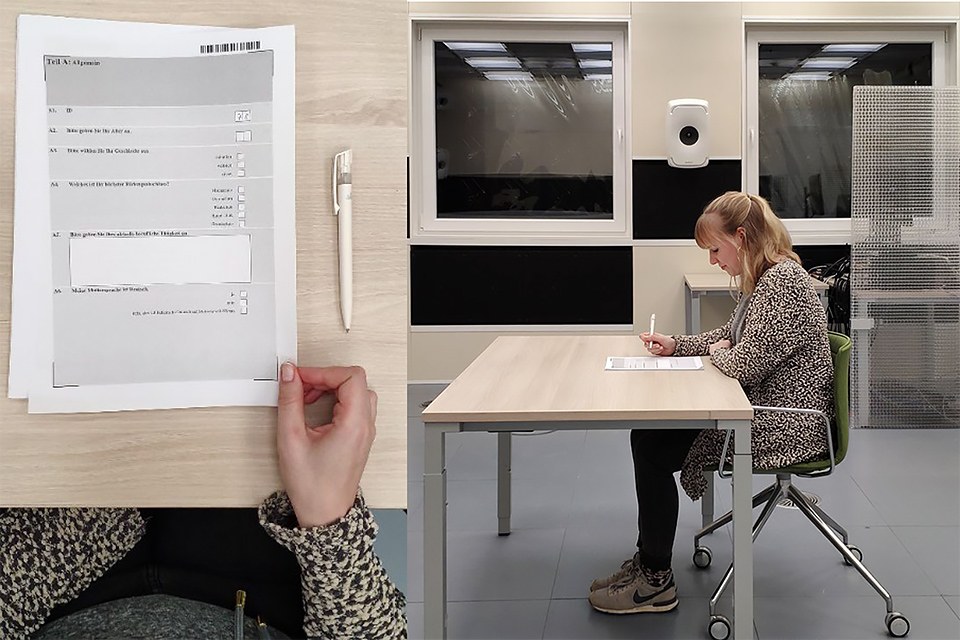Executive Summary on "A Study on the Perception of Full Spectrum LEDs" Published
From a LED producer's perspective, it is essential to have knowledge about the perception of LEDs by human beings. To consolidate existing and gain new knowledge on recently introduced Full Spectrum LEDs, which claim to bring natural light quality into electric lighting appliances, the Fraunhofer Institute for Building Physics (Germany) conducted a study in cooperation with three main LED manufacturers Nichia (Japan), Seoul Semiconductor (Korea), Toshiba Materials (Japan) and the LED gear supplier Lumitronix (Germany).
This work comprised a technical comparison of the LED spectra to daylight spectra, a literature review addressing the effect of light spectra on humans, and a psychological study (between-subjects design) including subjective rating and performance tests with 83 persons in an office setting. Each participant was tested for one hour in one out of 4 lighting settings comparing Full Spectrum LEDs with conventional LEDs covering various aspects like visual comfort, naturalness, concentration, general glare rating, sleepiness, alertness and glossiness.
Main Findings
• For 6 out of 19 comparisons in this study the results were statistically
significant. The Full Spectrum LEDs have led to better results (e. g.
higher naturalness, higher ratings of comfortability) than the standard
LEDs. However, no short-time effects could be found for performance
tests (attention, glossines perception, card sorting, fabric sorting). For
none of the comparisons in the study the standard LEDs outperformed
the Full Spectrum LEDs.
• In all LED conditions the participants felt more awake and alert at the end
of the test session compared to the beginning. However, no difference
was found between the four LED settings.
• The technical comparison revealed that due to complexity and costs until
now the quality variety of daylight spectra was unaffordable for
architectural lighting applications. On the opposite, nowadays unrivalled
color rendering for different color temperatures can be provided by Full
Spectrum LEDs. This offers the possibility to mimic daylight for artificial
lighting solutions unlike before. New rating methods like TM-30-15 help to
have a better understanding of the quality of spectra and should be
established by the suppliers to enable professionals and non-
professionals to qualify and specify lighting criteria.
• The literature review showed that until now there had been only little
research on the impact of Full Spectrum LEDs on people's perception,
whereas there is a lot of psychological research on effects of natural and
artificial light in general.
Conclusion and Outlook
The new light sources allow the lighting industry to come closer to daylight spectra than before, this at low costs. Investigating the impact on human perception, first psychological testing in office settings showed advantages of these Full Spectrum LEDs over conventional LEDs. The developed and used test material and results shall be used for further investigations on the perception for high demanding sectors like retail and museum and in dynamic settings like workplaces, hospitality industry, education and the health care sector. The lack of knowledge complementary to research on metabolism enhances the motivation to continue with future research in this field.
About the Research Consortium:
The Fraunhofer Institute for Building Physics (Germany) conducted a study in cooperation with three main LED manufacturers Nichia (Japan), Seoul Semiconductor (Korea), Toshiba Materials (Japan) and the LED gear supplier Lumitronix (Germany).
For additional information, please visit www.fraunhofer.de or www.ibp.fraunhofer.de or contact Daniel Neves Pimenta at daniel.neves.pimenta@ibp.fraunhofer.de or Lisa-Marie Wadle at lisa-marie.wadle@ibp.fraunhofer.de

